Say it isn’t so! Unfortunately, it’s the truth: Toys ‘R’ Us has pitted Mother Nature against Father Christmas.
In case you missed the buzz in late October and early November about the Trees vs. Toys commercial I’ll share some of the outrage (that I share, but haven’t expressed until now) from Twitter.
So how exactly did Toys ‘R’ Us miss the mark? Well, they portrayed nature as a drab, boring place and toys as much more exciting. However, here is a list (in no particular order) of compelling reasons from doctors and other experts in the environmental education field on why kids need nature, not just toys, in their lives.
1. “Children who climb trees, make mud pies, explore streams, stare at clouds, collect leaves, make swords of sticks, wish on dandelions, build forts and fairy houses—these children are exercising their bodies as they exercise their imaginations, with no batteries required, and are immeasurably the richer for it.” Todd Christopher, Senior Director of Online Communications with National Parks Conservation Association and author of The Green Hour
2. “Time outdoors reduces obesity, improves academic learning and behavior, and helps gets kids excited about learning.” Amanda Paulson, Staff Writer with Christian Science Monitor
3. “Because our health is intimately linked to the health of our environment, we can’t have one without the other. In order to protect and conserve the environment, we must first value it. In order to value it, we must know it, and in order to know it we must touch, smell, breathe, and experience Nature. By getting people outside in Nature, I find that much more happens than weight reduction, lower heart rate, and a sense of focus and well-being.” Dr. Robert Zarr, Founder of Parks Rx
4. “Of tremendous value to childhood development (as well as to self-awareness, health and confidence) is spending time in the natural world and trying to understand how it works.” Mary Catherine O’Connor with Outside Magazine
5. “If you get outdoors, you’re more likely to be active.” Dr. Pooja Tandon, author of study published in Archives of Pediatrics & Adolescent Medicine
6. “While playtime is important, spending some moments outdoors is especially good because it helps with the physical, mental and cognitive development of a child.” Dr. Tandon
7. “Children come alive when they step out into nature. It may not be loaded with bright and shiny electronic toys that whir and buzz, but the forest has its own sparkling magic and children feel it instantly.” Barbara Tulipane, President and CEO with National Recreation and Park Association
8. “Kids in the woods get other benefits too. They breathe in fresh, clean air and get more oxygen. They can run and play and burn more calories while getting stronger bones and improved muscle tone. Their internal sleep clocks are reset by the bright daylight and they can count on a better night’s rest.” Barbara Tulipane
9. “Problems associated with alienation from nature include familiar maladies: depression, obesity, and attention deficit disorder.” Richard Louv during an interview with the editors of Scholastic’s Parent & Child
10. “Scientists have discovered that bacteria on the surface of the skin play an important role in combating inflammation when we get hurt … Parenting groups welcomed the findings as ‘a vindication of common sense’ and urged parents to allow their children greater freedom to play outdoors.” The Telegraph
11. “We are negligently risking the health of our students — and by extension posing a health threat to the Earth — by not ensuring them adequate time to play outdoors in beautiful “wild” spaces.” GreenHeart Education
12. “Time in nature enhances children’s creativity, and the complex thinking, experimentation and problem-solving that nature affords carries over into their academic and interpersonal lives.” Susan Sachs Lipman, Director of Social Media Promotion and Partnerships for the Children & Nature Network
13. “Nature (Vitamin N) can have a profound positive effect on children’s mental and physical health,” Dr. Mary Brown, past member of the board of directors for the American Academy of Pediatrics
Also, worthy of sharing is this video from the National Wildlife Federation “Warning: Taking kids outside may result in smiles and laughter” (h/t @).
Would love to hear your thoughts and experiences being a kid in nature or taking kids in nature. Comment below!





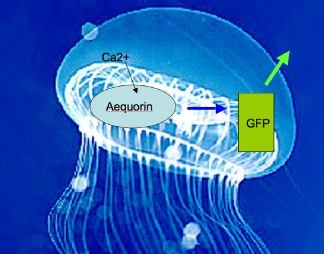

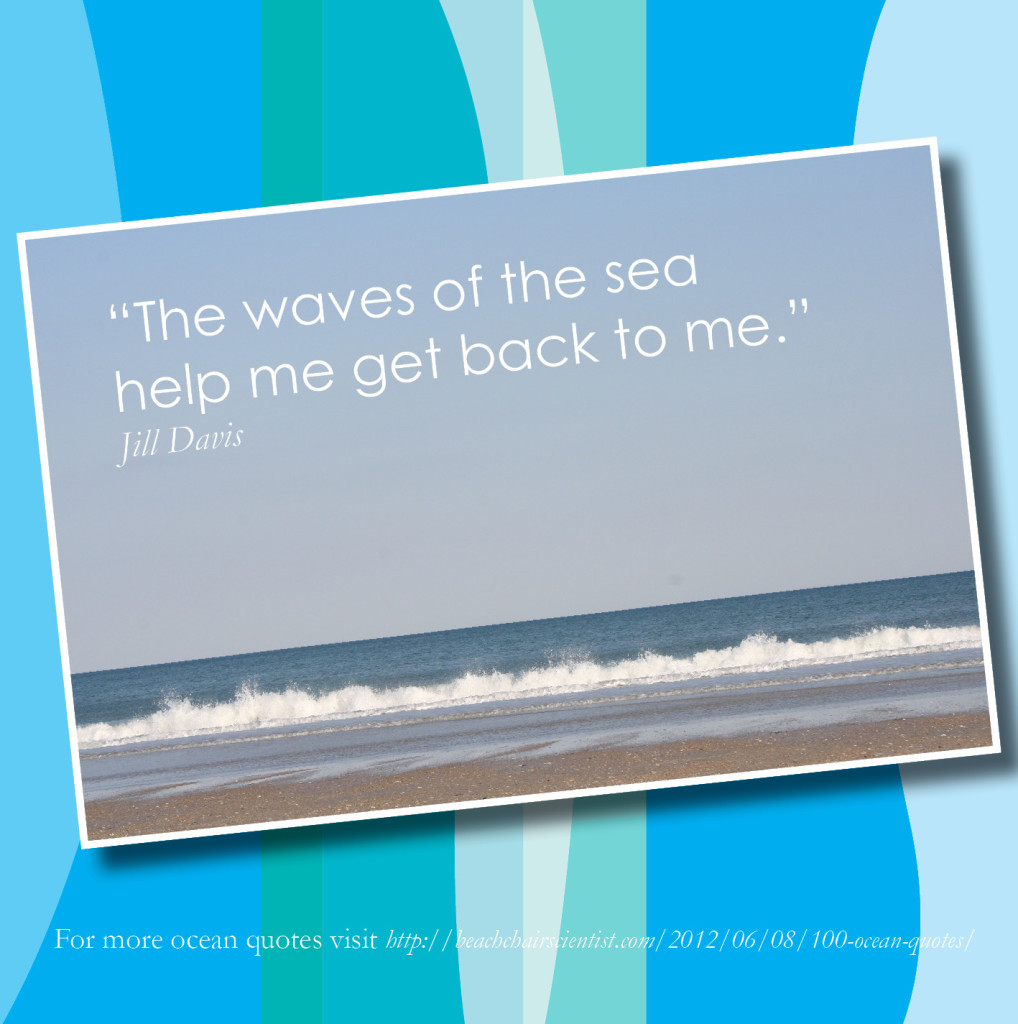
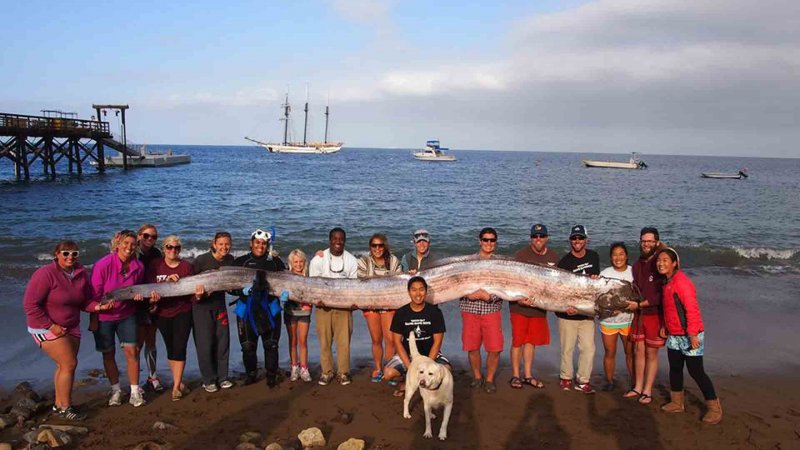


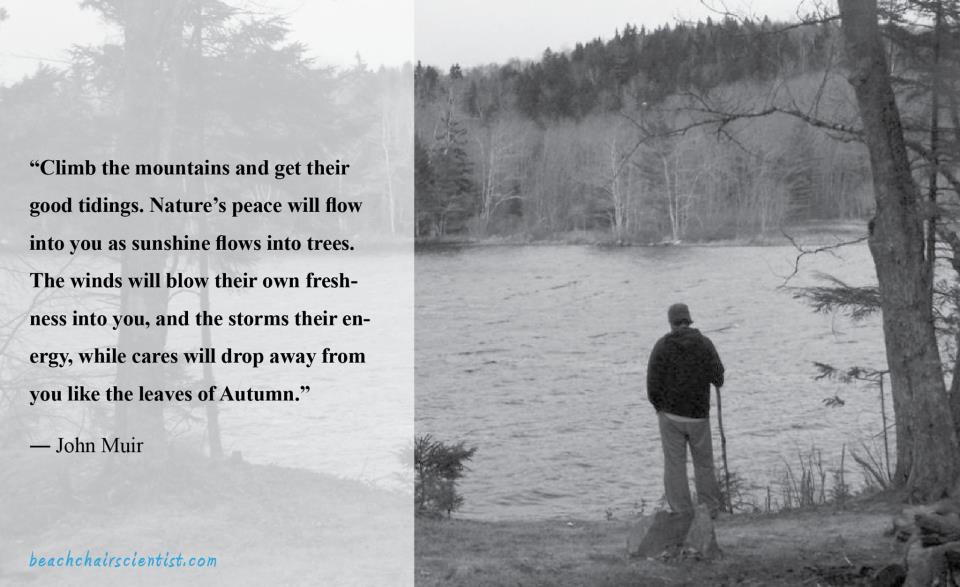
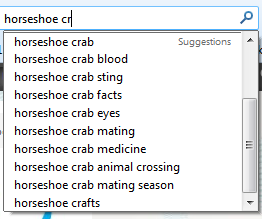

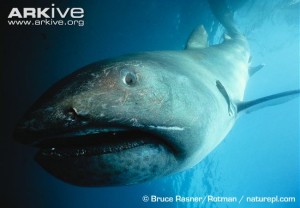

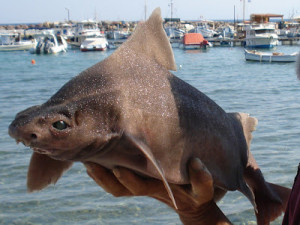
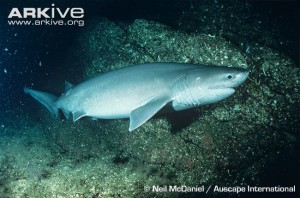

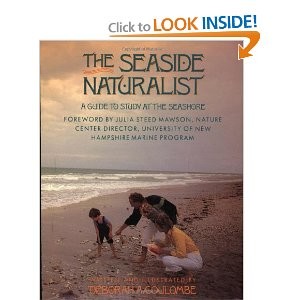







What people are saying …